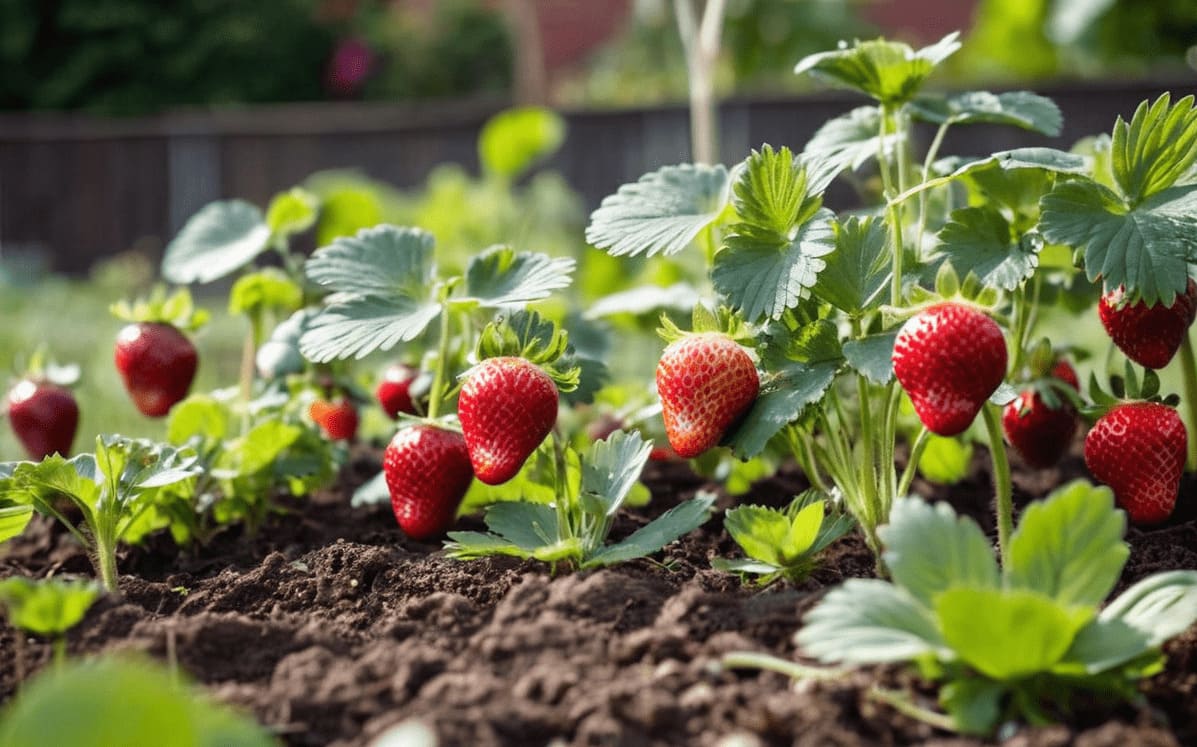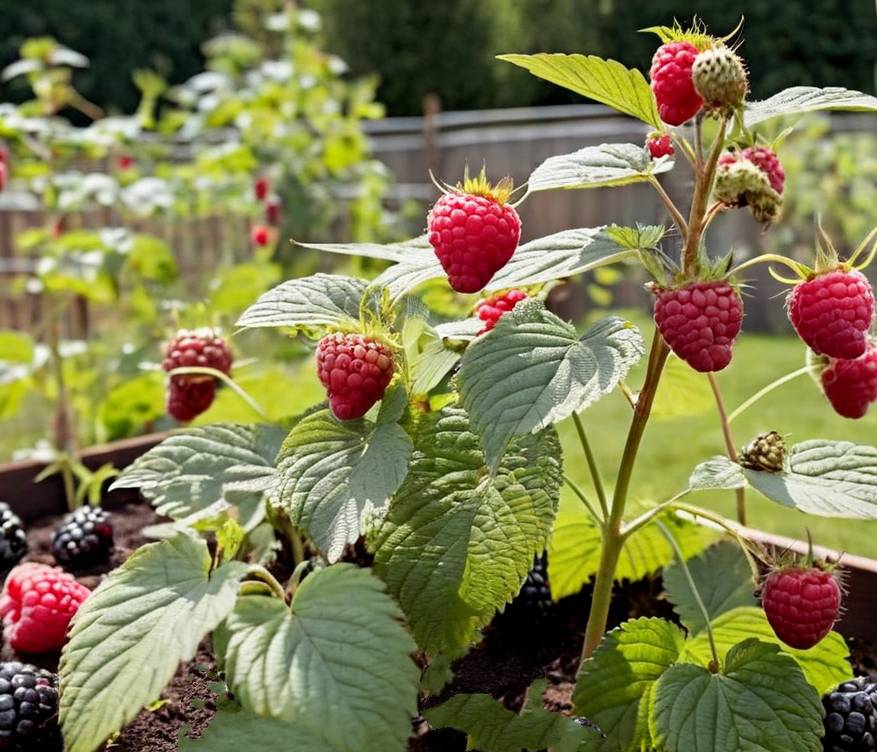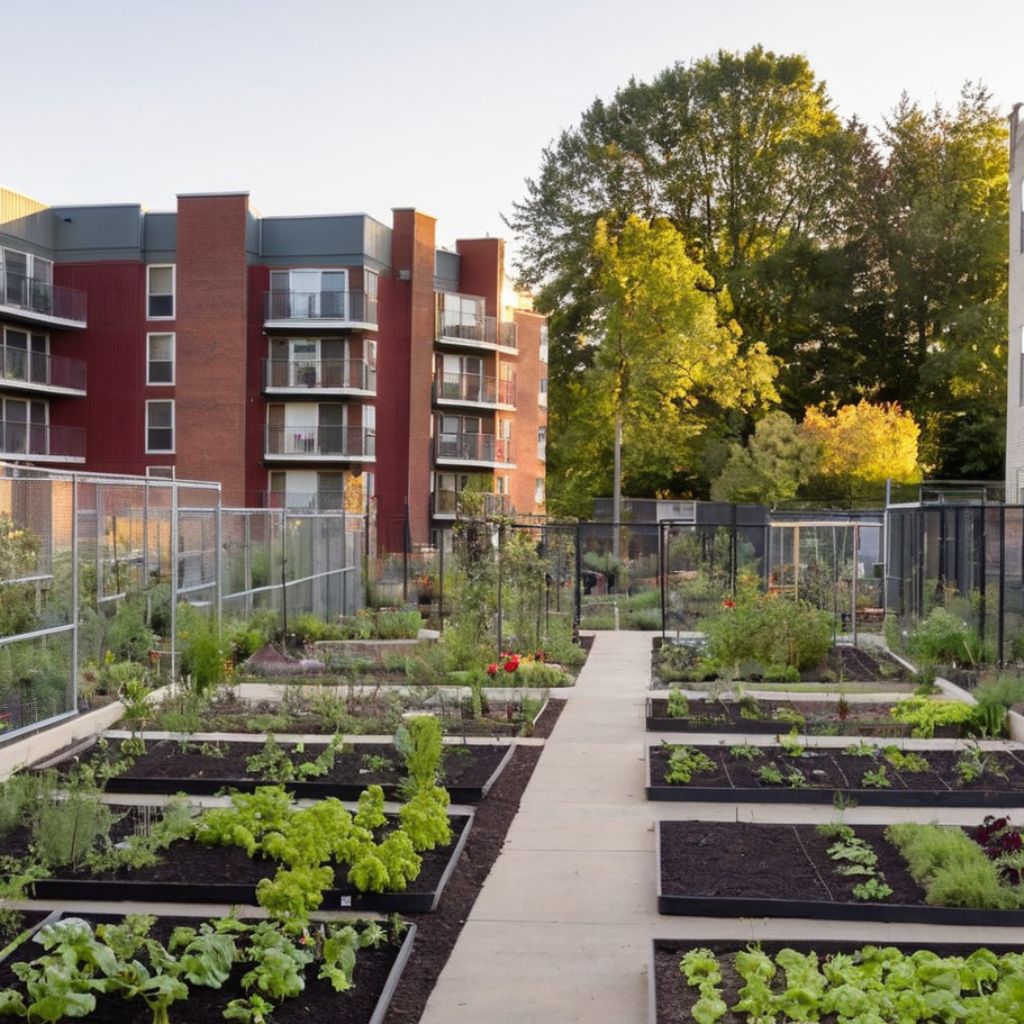
In a world of rising food costs and uncertainty, the ability to grow your own sustainable, nutrient-dense produce has never been more valuable.
Introducing five incredible perennial superfoods that can provide a bountiful harvest year after year with minimal effort.
In this article
Asparagus
Asparagus is a true garden gem, offering a delicious springtime harvest for decades once established. I recommend starting your asparagus patch with one-year-old crowns, which should be planted in deep, well-draining trenches and covered with soil as the plants grow.
- Start from one-year-old crowns
- Plant in early spring
- Best in USDA Zones 3-8
- Moderately beginner friendly
- Crowns take 2-3 weeks to sprout
- Harvest spears for 6-8 weeks in second year, increasing each year
- Water regularly, especially when spears are emerging
- Requires full sun (6+ hours per day)
- Fertilize in early spring with compost or balanced fertilizer
- Susceptible to asparagus beetle
- Not toxic to pets
- Mulch heavily to suppress weeds, harvest spears when 6-8 inches tall

U.S. Planting Zone Map
Find out which herbs grow best in your State. Being able to understand which planting zone you’re in means you’ll be making wise planting decisions.
Strawberries

Is there anything more heavenly than a juicy, sun-ripened strawberry plucked straight from your own backyard? The key to a bountiful strawberry patch is planting bare-root crowns, taking care not to bury the crown itself. By removing early flowers, you’ll encourage stronger plants for an abundant future harvest.
- Start from bare-root crowns
- Plant in early spring
- Best in USDA Zones 3-10
- Beginner friendly
- Crowns take 2-3 weeks to sprout
- Harvest berries 4-6 weeks after flowering, June-July
- Water 1-2 inches per week, more when fruiting
- Requires full sun (6+ hours per day)
- Fertilize in early spring with balanced fertilizer
- Susceptible to aphids, spider mites, and fungal diseases
- Not toxic to pets
- Remove early flowers to encourage runner growth for next year
Raspberries and blackberries

Raspberries and blackberries are not only delicious but also packed with antioxidants and fiber. These resilient perennials require some seasonal pruning, but the host breaks down the simple techniques for maximizing your berry bounty.
- Start from bare-root canes or potted plants
- Plant in early spring
- Best in USDA Zones 4-8
- Moderately beginner friendly
- Canes take 2-4 weeks to sprout
- Harvest berries 4-6 weeks after flowering, July-September
- Water 1-2 inches per week, more when fruiting
- Requires full sun (6+ hours per day)
- Fertilize in early spring with balanced fertilizer
- Susceptible to aphids, spider mites, and fungal diseases
- Not toxic to pets
- Prune out old canes after fruiting, tie up new growth
Perennial Herbs

Herbs like oregano, thyme, and rosemary are true workhorses of the garden. Not only do they provide endless culinary possibilities, but they also attract beneficial pollinators to your plot. For colder climates, the host shares tips on overwintering rosemary.
- Start from seeds, cuttings, or potted plants
- Plant in spring or fall
- Best in USDA Zones 4-9
- Beginner friendly
- Seeds take 2-4 weeks to germinate
- Harvest leaves as needed
- Water when top inch of soil is dry
- Requires full sun (6+ hours per day)
- Fertilize in spring with balanced fertilizer
- Susceptible to aphids and fungal diseases
- Not toxic to pets
- Prune regularly to encourage bushy growth
Blueberries

Often touted as a superfood, blueberries are a rewarding perennial crop to add to your garden. To ensure a bountiful harvest, I advise planting multiple cultivars together for proper pollination and amending the soil to maintain the ideal acidic conditions these plants thrive in.
- Start from bare-root plants or potted plants
- Plant in early spring
- Best in USDA Zones 3-8
- Moderately beginner friendly
- Plants take 2-3 years to produce a full crop
- Harvest berries 4-6 weeks after flowering, July-August
- Water 1-2 inches per week, more when fruiting
- Requires full sun (6+ hours per day)
- Fertilize in early spring with acid-loving fertilizer
- Susceptible to aphids, spider mites, and fungal diseases
- Not toxic to pets
- Plant multiple cultivars for cross-pollination, amend soil to maintain acidic pH
Benefits of a Perennial Garden Mindset
The beauty of these five superstar perennials is that they require minimal effort after the initial planting. With some basic care and maintenance, you’ll enjoy a steady supply of fresh, nutrient-dense produce for decades to come.
- Sustainable Harvests: Enjoy continuous yields without replanting each year.
- Cost-Effective: Save time and money with long-lasting plants.
- Pollinator-Friendly: Attract beneficial insects to your garden.
- Fresh, Organic Produce: Harvest your own fruits and herbs for a healthier lifestyle.
Not only will you be able to save money by growing your own food, but you will also be in control over what pesticides are used and know that your produce is 100% organic. If you grow more than you need to consume then you should consider preserving, pickling or bottling it. You can share extra produce with family and community members, and even consider selling your surplus in local farmers markets. Win win!
So why not get started on your own perennial garden today?
RELATED: 8 Herbs That Grow Well in Pots




